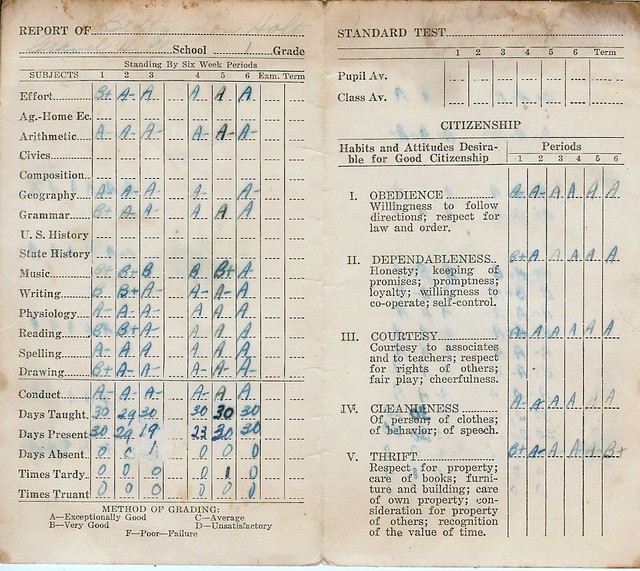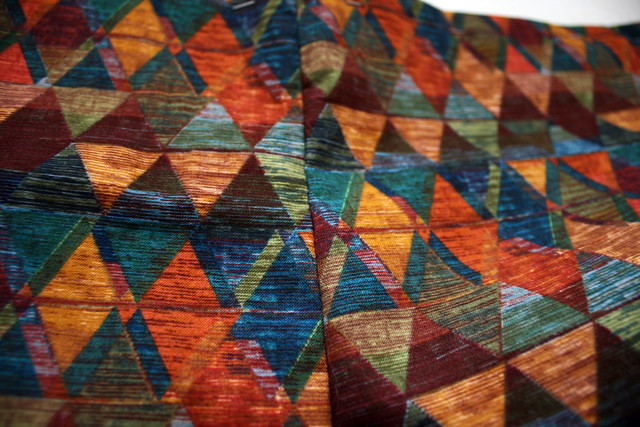 | |
| From the excellent comicallyvintage.tumblr.com |
Of course, transitions being awkward is something that I think is true in general. How to get students to transition from what they've known to something that may be completely new is the crux of Standards Based Grading, or more wholesome and holistic ways to evaluate as a whole. Back When I Was a Worse Teacher (tm) I could sometimes be heard to joke (sortofjoke) that I wished I could offer my students a deal: take a C and leave the class, stay and take the class for a chance - no guarantee - at better. I was known to be an easy grader though, and I wanted it to be the case that if students made a genuine effort that they would get at least a C. I also use to jokingly propose a Survivor style grading system where we vote people out of class starting at the third week. First out fail, but get the rest of the semester off. Thought the tests could be like challenges where multiple people can earn immunity.
 |
| Strange Brew my current favorite comic strip does my favorite movie line to quote? |
Working with Dave Coffey, who is our local assessment guru, I saw him use a portfolio to assess our Math for Middle School class, and we have long used a portfolio for our student teacher assistants. In our introduction to mathematical reasoning class there's a summative assessment called the proof portfolio. One time I was teaching it, at the end of the course one of the students asked: "I'm so much better than I was at the beginning of the semester - why does that writing count in my grade?" Whoa. My only response was that THAT was a very good question.
I realized that more of my grading had less to do with where the student was at the end of the semester than I had wanted to think. Mostly because of the reason I hate the most: that's the way it's always been done. Furthermore, I realized I hadn't ever really thought about what I wanted grading to achieve, let alone whether it was accomplishing the job. It's usually pretty quick for a room full of students to agree on some characteristics of good grading:
- fair
- measures real understanding
- not fear or anxiety inducing
- measures where the student is at the end of the course
My portfolios shifted to feedback only up until the end of the semester, and then the last time they are graded. The grade is about half on completion (as a percentage) and half on exemplars. The students choose the exemplars. In early turn ins, the students ask for feedback on what they want to know, and I share what the grade would have been, and give feedback on their issues. The would-have-been grade allows me to identify big issues that the students don't seem to recognize. I collect at the 1/3 and 2/3 point, though some students want more frequently. (So they can be more responsible.) The final grading is relatively easy though visually daunting; how many boxes of grading? The final exemplars need annotation about what makes them exemplars, and have been the best way for me to evaluate problem solving and communication.
 |
| What are we assessing? brad_holt @ Flickr |
So what about the content? That was hard for me. How to evaluate content in a way that allowed for improvement right up to the end. Getting involved in twitter around the same time I was reading more and more educational blogs exposed me to standards based grading. Especially Sam Shah and Shawn Cornally. They supported with good stories and honest difficulties, links to several educators trying or mastering the practice, and good resources, like the SBG wiki. I definitely wanted my preservice teachers to be exposed to it, and felt like it was the missing piece of the puzzle. Or at least better. In the fall I tried running parallel systems - wow, was that a bad idea. This past semester I went full out, and did better. Learned a lot for the fall.
Next time: what I did, how it went, and how I'll adjust.
























